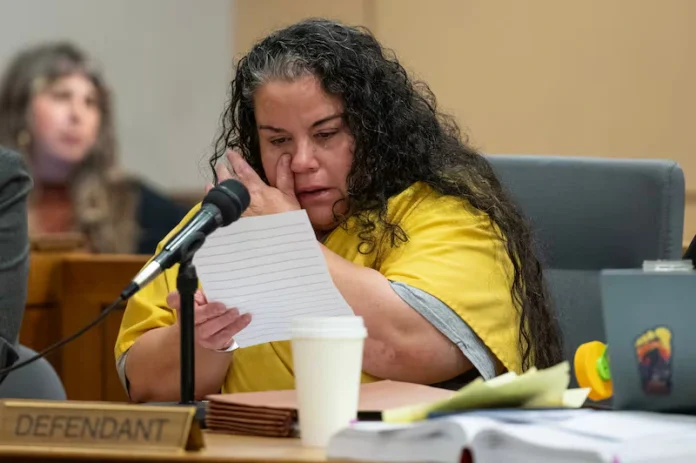Alaska authorities have confirmed that the state’s youngest convicted female killer has been granted release after serving four decades in prison. The case, once a source of national headlines, is now drawing renewed attention as debates over rehabilitation, justice, and parole resurface.
The Case That Shocked Alaska
In the early 1980s, the state of Alaska was stunned when a teenage girl was convicted of murder, making her the youngest female ever to face such a conviction in the state’s history. The crime, involving the fatal shooting of another young person, was marked by sensational media coverage and fierce courtroom battles.
At just 16 years old, the teenager was tried as an adult and sentenced to a lengthy prison term. The case highlighted the growing national debate over whether minors accused of violent crimes should face adult-level punishment.
Four Decades Behind Bars
Now, more than 40 years later, the Alaska Parole Board has confirmed her release. Officials say the decision followed a thorough review of her conduct in prison, rehabilitation efforts, and readiness to reintegrate into society.
“After careful consideration of all factors, including the original crime, the time served, and the individual’s progress during incarceration, the board has approved release,” an Alaska Department of Corrections spokesperson said.
The woman, now in her late 50s, had reportedly maintained a clean disciplinary record in prison and participated in counseling and education programs.
A Divided Public Reaction
The announcement has stirred mixed emotions among Alaskans. For the victim’s family, the release reopens painful wounds. Some relatives expressed disappointment that a life was lost but the sentence did not extend for life.
Others, however, view the release as a reflection of the justice system’s ability to balance punishment with rehabilitation. Advocates for criminal justice reform argue that juveniles convicted of crimes decades ago deserve the chance to rebuild their lives if they demonstrate genuine change.
Juvenile Justice and Broader Implications
The case touches on broader questions about juvenile justice in America. According to the Office of Juvenile Justice and Delinquency Prevention, policies around trying minors as adults have shifted over the past 40 years, with growing recognition that adolescents differ significantly from adults in terms of decision-making and development.
Legal experts note that if the same crime occurred today, it is unlikely the defendant would have faced the same trial process or sentence. In recent years, the U.S. Supreme Court has issued rulings limiting the harshest penalties for juvenile offenders, emphasizing rehabilitation over retribution.
Life After Release
Upon her release, the former inmate will be subject to parole conditions, including regular check-ins with authorities, restrictions on travel, and continued participation in community reintegration programs.
The Alaska Department of Corrections has partnered with local organizations to provide housing assistance, job placement, and counseling. Officials stress that public safety remains the top priority while supporting the transition of long-term inmates into society.
A Case That Will Be Remembered
For Alaska, the story remains one of the most memorable examples of youth crime and punishment in state history. The release does not erase the tragedy of the crime, but it does close a chapter on a case that has lingered in the public consciousness for over four decades.
As communities reflect on the decision, the case stands as a reminder of the ongoing struggle to balance justice, accountability, and the belief in second chances.
Conclusion
The release of Alaska’s youngest convicted female killer after 40 years in prison underscores how much has changed in the nation’s approach to juvenile justice. While some see it as a long-overdue step toward compassion, others view it as an unsettling reminder of a violent crime that altered lives forever.
What is certain is that the case will continue to fuel debates on the limits of punishment, the potential for rehabilitation, and the question of how justice should evolve with time.




